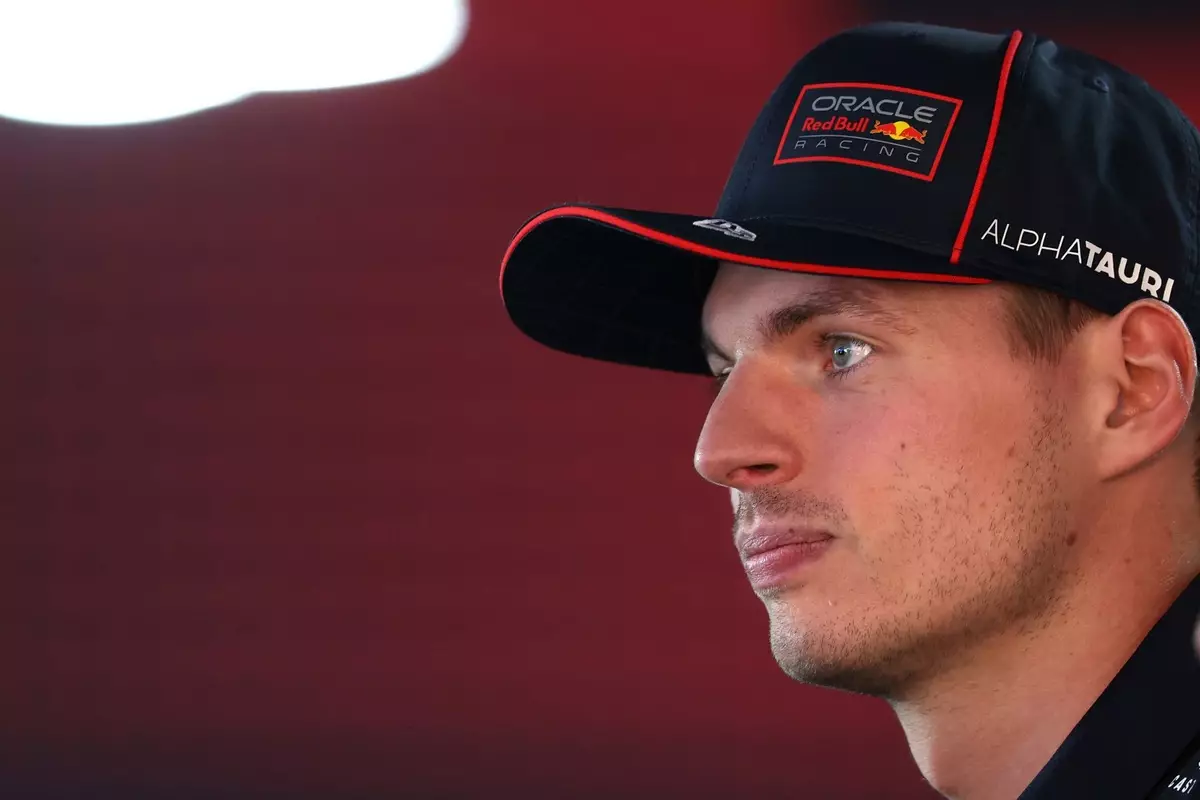As the 2025 Formula 1 season unfolds, the competition intensifies, and teams are constantly pushing the envelope to outperform one another. Among the frontrunners, Red Bull and McLaren are drawing particular attention for their contrasting performances. Red Bull, traditionally a powerhouse in the sport, has found itself grappling with unexpectedly fierce competition from McLaren, particularly showcased during the Miami Grand Prix. This event not only illuminated the disparities in race pace but also sparked conversations about the challenges Red Bull faces in bridging the performance gap.
Verstappen’s Realistic Expectations
Max Verstappen’s candid remarks following the Miami race reflect a genuine acknowledgment of the current competitive landscape. His assertion that it is unrealistic to expect rapid improvements in Red Bull’s race pace against McLaren is both a recognition of the team’s struggles and a tactical positioning statement. Despite upgrades being on the horizon—such as the new floor for his car and additional enhancements for his teammate Yuki Tsunoda—Verstappen’s tempered expectations indicate a deeper issue at play. The 40-second gap to McLaren’s Oscar Piastri is not merely a statistical anomaly; it is a stark representation of the deficiencies in Red Bull’s race setup and strategy.
Analyzing the Miami Grand Prix
The Miami Grand Prix served as a significant turning point, raising flags not just for Red Bull but for the entire Formula 1 community. Verstappen’s initial pole position should have set the stage for a thrilling race; however, it quickly morphed into a stark reality check. His candid frustration, echoed by team advisor Helmut Marko who described the performance as “depressing,” highlights the magnitude of McLaren’s advancement. The disparity in race pace was alarming, and the precision with which McLaren navigated the track underscored their superiority in performance and strategy. Such a gap can only be described as a wake-up call for Red Bull, challenging their assumption of dominance in the sport.
The Pursuit of Performance: Upgrades and Challenges
In the context of performance upgrades, the urgency is palpable. The introduction of a new floor for Verstappen and the anticipated enhancements for Tsunoda signal Red Bull’s determination to claw back lost ground. However, the narrative is not simply about introducing new parts; it’s about deciphering the competitive tactics and tire management strategies that have placed McLaren ahead. This aspect is crucial, especially considering the upcoming Spanish Grand Prix, where the implementation of stricter technical directives will further shake the status quo. While these changes are aimed at addressing aerodynamic flexibility—which McLaren appears to have mastered—Verstappen’s skepticism about their potential impact underscores the multifaceted challenges that lie ahead.
Understanding Tire Management Disparities
One of the most concerning revelations from Verstappen’s comments is the ongoing struggle of Red Bull to unravel McLaren’s tire management success. The ease with which McLaren manages rear tire degradation during races is a tremendous asset, especially in high-degradation scenarios. This factor raises serious questions about the fundamental design philosophy and race strategies that Red Bull employs. Verstappen’s admission that it is “a bit impossible to know” how to catch up in tire management illustrates the complexity of the issue and reflects a deeper need for Red Bull to reassess its approach. Successful implementation of tire strategies could significantly enhance race pace, allowing Red Bull to be competitive not just in qualifying but throughout the entire race.
The Road Ahead: Bridging Gaps and Uncovering Truths
Looking forward, Red Bull’s path to regaining their competitive edge hinges on their ability to innovate and adapt rapidly. While they may have a history of dominating the sport, the current dynamics—characterized by McLaren’s stellar performance—demand a reevaluation of methodologies and technologies. Formula 1 has always been a game of inches and nuances, and as teams race to optimize every aspect of their performance, Red Bull must seek not just improvements in raw speed but also in operational execution and strategies. The stakes are high, and unless Red Bull can find effective solutions quickly, they risk letting their rivals, like McLaren, define the narrative of the season.

